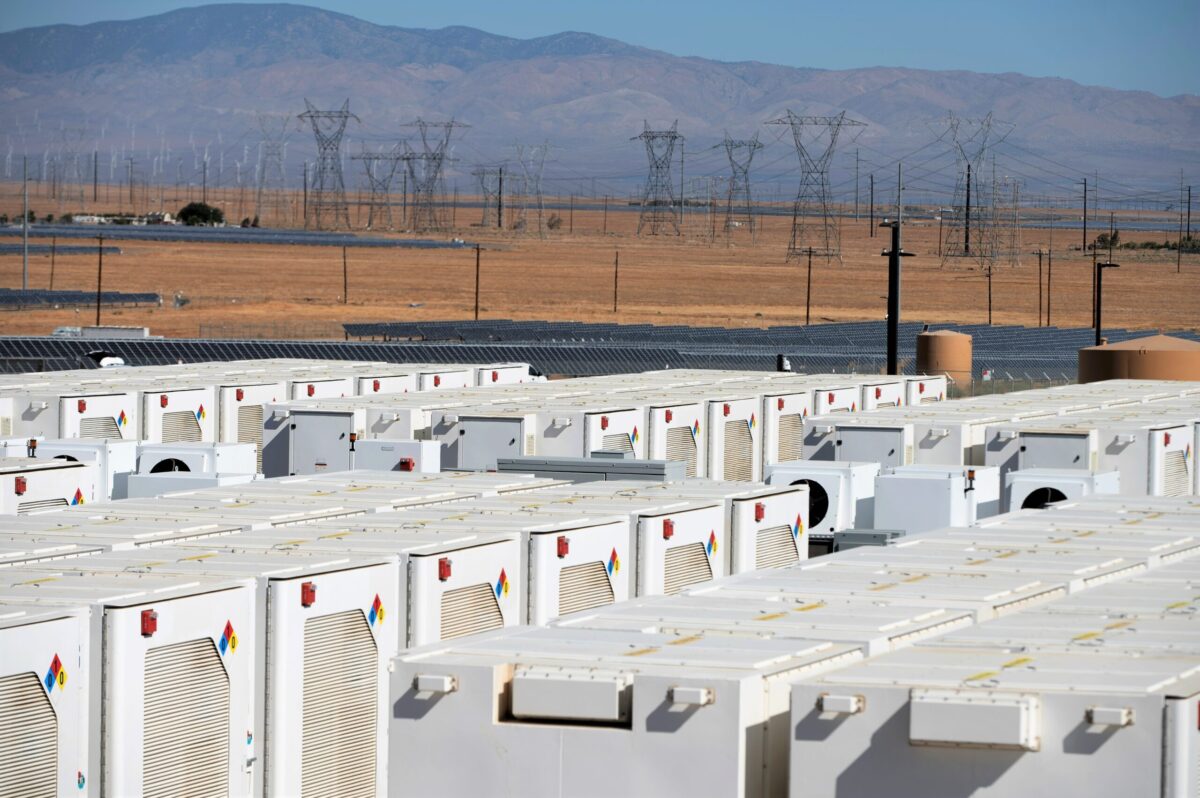Battery storage operators in Texas and California are facing a new reality: the old playbook of “charge low, discharge high” is no longer enough.
According to GridBeyond’s Q2 2025 report, Where is α?, finds that the path to excess returns (alpha) now depends on how quickly and seamlessly operators can leverage advanced software, analytics and tightly integrated operations. Compared to more standard or basic approaches, advanced, integrated bidding solutions can boost revenues by as much as 40% to 50%.
The report breaks down how earning revenue in ERCOT and CAISO’s storage markets has fundamentally shifted under the weight of rapid capacity growth.
Since 2023, ERCOT has added 5.6 GW of new battery energy storage capacity, while CAISO has added 7 GW. That influx of storage means “the profit margins from basic strategies fall,” GridBeyond notes, as more batteries are chasing the same price signals, resulting in saturated ancillary service markets.
Now, operators need to be able to pivot if they want to capitalize on late-evening energy price spikes. Now, alpha comes from agility, as peak events can happen any day of the week. GridBeyond also notes that the most lucrative intervals are both harder to forecast and shorter lived.
But static optimization and conventional forecasts routinely miss these new windows.
What can help are more integrated market platforms that combine real-time data with direct links to battery OEM software, all of which make it easier for operators to shift resources quickly to meet price signals.
Managing state of charge (SoC) is now a critical differentiator, as batteries that run out of energy early can’t keep up with the competition when demand peaks. The report found that some operators saw their monthly revenues jump nearly 25% when they integrated physical and financial day-ahead energy offerings to help optimize bidding.
CAISO’s market, while equally competitive, is a completely different landscape.
Over the past two years, the report notes that more than seven GW of new batteries have come online. Though the classic “duck curve” and its steep evening ramps still remain, GridAhead pointed out that day-ahead to real-time price spreads have become more variable.
Adapting to that variability will require battery operators to couple not only demand forecasting with solar load predictions, but also with optimization strategies that can provide a more holistic view of how and when to deploy batteries.
Still, what stands out from GridBeyond’s report is that integration, at every level, is mission critical.
Coupling OEM software with in-house qualified scheduling entities (that submit offers to buy or sell electricity) will give operators the real-time flexibility that’s needed to make the necessary market moves at the last minute to help them take advantage of price spikes.
That operational agility, the report notes, particularly when it enables operators to modify their bids or SoC targets right before the deadline, can be the difference between underperforming and outcompeting other operators in saturated markets.
This content is protected by copyright and may not be reused. If you want to cooperate with us and would like to reuse some of our content, please contact: editors@pv-magazine.com.









By submitting this form you agree to pv magazine using your data for the purposes of publishing your comment.
Your personal data will only be disclosed or otherwise transmitted to third parties for the purposes of spam filtering or if this is necessary for technical maintenance of the website. Any other transfer to third parties will not take place unless this is justified on the basis of applicable data protection regulations or if pv magazine is legally obliged to do so.
You may revoke this consent at any time with effect for the future, in which case your personal data will be deleted immediately. Otherwise, your data will be deleted if pv magazine has processed your request or the purpose of data storage is fulfilled.
Further information on data privacy can be found in our Data Protection Policy.